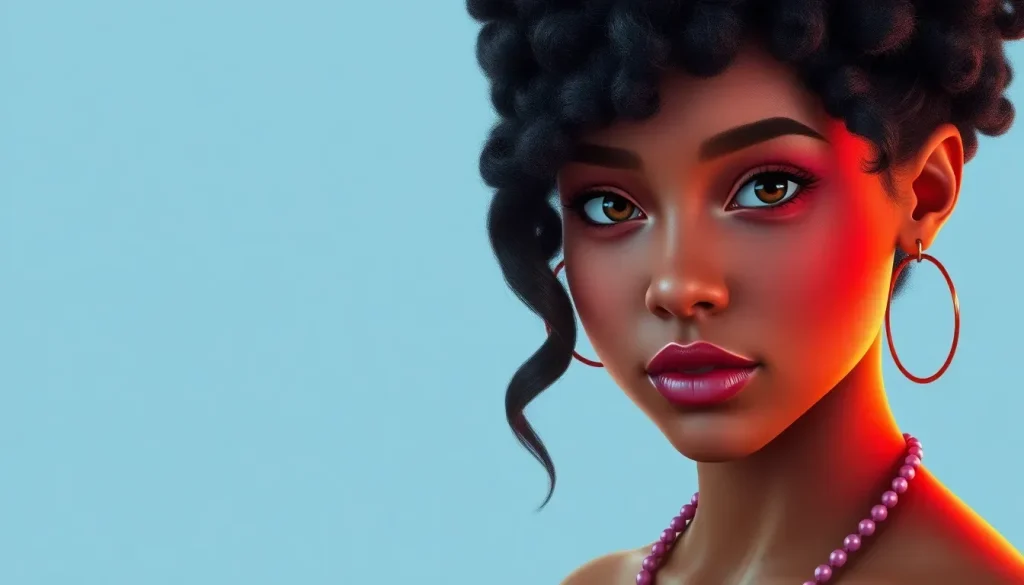Set Limits When People Create Sora Deepfakes of You

In a world where artificial intelligence is rapidly evolving, OpenAI's latest app, Sora, is creating significant buzz. This innovative video generation tool not only facilitates the creation of engaging multimedia content but also raises important questions about privacy, consent, and the ethics of digital likenesses. As users explore the capabilities of Sora, understanding its features and implications is crucial.
OpenAI has positioned Sora as a groundbreaking application for transforming ideas into captivating videos. However, the potential for misuse—particularly in creating deepfakes—has sparked concerns that cannot be overlooked. With recent updates, OpenAI has introduced features aimed at giving users more control over how their likenesses are used. Let’s delve deeper into what Sora offers and the implications surrounding its use.
Understanding OpenAI's Sora App
OpenAI markets Sora as a revolutionary app designed to translate creativity into hyper-realistic videos. The app allows users to generate videos by providing prompts or uploading images, resulting in content that can range from cinematic to photorealistic.
With Sora, you can create videos that are not only visually stunning but also incorporate intricate sound design. This blend of visual and audio elements enhances the storytelling experience, making it accessible to creators of all skill levels.
Since its launch, Sora has quickly climbed the charts in both the US and Canada, the only two regions where it is currently accessible. This rapid rise reflects the growing demand for innovative tools that simplify video creation for the masses.
The Concept of Cameos in Sora
A standout feature of Sora is the ability to create videos using your own likeness, referred to as "cameos." When using this feature, users can decide whether to allow others to utilize their likeness in their own video creations. However, the initial lack of control over how their images were used raised significant concerns.
- Many users found their faces used in videos expressing views completely contrary to their own.
- The potential for misuse extended to sensitive topics, where individuals could unwittingly endorse messages they did not support.
- The presence of a watermark was intended to identify Sora-created videos, but some users found ways to remove or obscure it.
This lack of control over personal representations led to privacy concerns, prompting OpenAI to reassess the cameo feature and implement new safety measures.
Enhanced Controls for Cameos
In response to user feedback, OpenAI's team, led by Bill Peebles, has rolled out updated controls that allow users to set restrictions on how their cameos can be used.
Users can now specify restrictions, such as “do not include me in videos involving political commentary” or “do not allow me to say specific words.” To access these settings, navigate to: edit cameo > cameo preferences > restrictions.
This enhancement is a significant step towards giving users more agency over their digital identities. OpenAI is also committed to improving the visibility of watermarks, ensuring that videos created with Sora are clearly marked as such in the future. However, the effectiveness of these measures in preventing watermark removal remains to be seen.
The Implications of AI-Generated Content
As AI technology continues to advance, the implications of deepfake capabilities cannot be ignored. The creation of realistic video representations raises ethical questions, particularly regarding consent and the potential for misinformation. Here are some critical considerations:
- Consent: Users must have clear and unequivocal control over how their likeness is used. This includes the right to revoke permissions at any time.
- Accountability: Developers should implement measures to ensure that the technology is not used for malicious purposes, such as defamation or the spread of false information.
- Transparency: Users should be informed when they are interacting with AI-generated content, ensuring they can differentiate between real and manipulated media.
These elements are vital in fostering trust as society increasingly engages with artificial intelligence tools like Sora.
Future Developments and User Empowerment
OpenAI is actively working on expanding the features available in Sora to enhance user experience and safety. This includes:
- Improved safety features: Ongoing efforts to develop more robust controls over cameo usage.
- User feedback: Continuous engagement with the community to refine features based on real user experiences.
- Education: Providing resources to help users understand the implications of using AI-generated content responsibly.
These initiatives reflect a commitment to not just innovation, but to ethical practices in the digital landscape. As more users adopt Sora, the focus on responsible AI use will be essential to mitigate risks associated with deepfakes.
Exploring Sora's Capabilities through Video
To better understand the potential of Sora and its impact on video creation, check out this informative video that dives into its features and user experience:
Conclusion
The launch of OpenAI's Sora app represents a significant leap in AI-driven video generation, offering exciting opportunities while also raising pressing ethical questions. As users begin to explore the possibilities of creating video content with their likenesses, understanding the implications and taking control of their digital identities will be paramount.
As the technology continues to evolve, it will be critical for both users and developers to navigate this landscape thoughtfully, ensuring that innovation aligns with responsible practices in the digital age.
- Official Apple Store on Amazon
- Apple 40W Dynamic Power Adapter for iPhone 17
- Official Apple iPhone Air cases and bumpers
- iPhone Air MagSafe Battery
- Official iPhone Air case
- Official iPhone 17 cases
- Official iPhone 17 Pro cases and Pro Max cases
Image: OpenAI screengrab on background Ricardo Gomez Angel on Unsplash




Leave a Reply